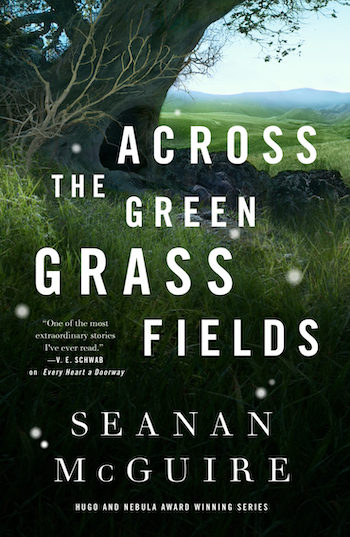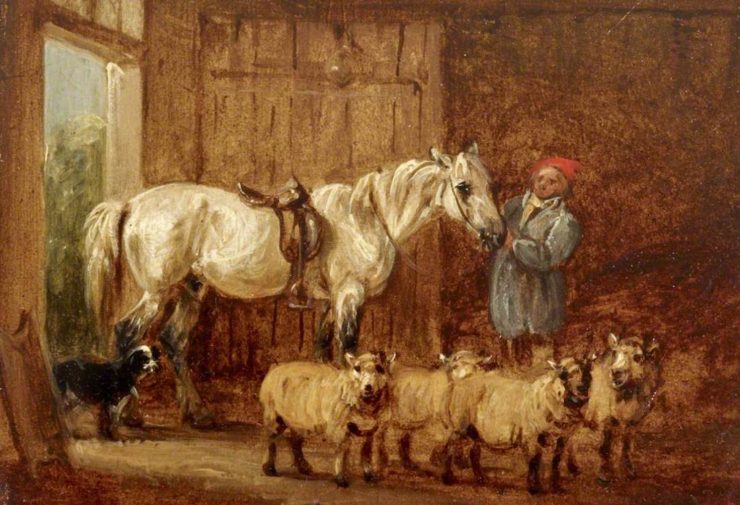Horse owners and barn managers have one frequent preoccupation that tends not to occur to the casual observer. Not just how do we make the maximum efficient use of available space, but how do we fit the available horses into that space?
It’s not as simple as “big horse in big stall, small horse in small stall, line up in order of age/training/feeding regimen etc.” Horses are herd animals, but they’re also individuals. And individuals have distinct opinions about where they belong, and with whom. Hence, the fine art of horse arranging.
The basics are relatively straightforward.Very big horses probably should go together, and very small ones likewise. Mares with babies usually want their own nursery area, away from boys and from mares without babies. You may also keep the youngsters of similar age together—weanlings, yearlings, etc.—as their smaller size and much higher ratio of playtime to snooze time can get them in trouble with the adults.
You’re safest to keep genders separate. Stallions go in their own space, one at a time, with at least a twelve-foot buffer zone in most places. Kind of like giant fighting bettas, and for the same reasons. There are farms that turn stallions out together, but either those are very young stallions, or there are no mares to set the hormones running.
Geldings and stallions are best kept separate. There are always exceptions, but a gelding will not have the same preoccupations or priorities as a stallion. Nor, for the most part, will he have as much strength, and he can’t equal the ferocity of an enraged stallion.
Geldings and mares can run together, but if there are enough of each on a farm, managers will tend to keep them in single-gender groups. They have, again, different priorities, and different ways of expressing them. Sometimes those differences can cause physical damage.
As for stallions and mares, if one doesn’t want one’s mare bred, one does not run her with the stallion. Even if she is to be bred, it’s very much a judgment call as to whether she’s turned out with the stallion, or is hand-bred or artificially inseminated. Live breeding can be dangerous, and even experienced pairs may suffer injury or worse.
Buy the Book


Across the Green Grass Fields
In the wild, these matters settle themselves. You end up, in most cases, with a band of mares guarded by a stallion (or two, if he allows a second, “dauphin” stallion to breed the mares he’s too closely related to or not interested in) and led by a senior mare. There may also be a bachelor band of young and/or unattached males, some of whom will go roaming in search of mares of their own to win or steal.
Within the mare band, there’s a distinct and at the same time constantly shifting hierarchy. The head mare has favorites whose access to food she favors, and whom she allows to groom her. The rest of the mares move up and down the social scale depending on age, mother’s status, whether pregnant or nursing or neither. “Auntie” mares will babysit the youngsters, and the stallion may take a turn with that, if he’s not busy guarding the herd from predators or marauding stallions, or breeding the mares (who signal when they’re ready; a successful herd stallion knows that the ladies are in charge).
In a domesticated setting, it’s rare to find such an arrangement. Many breeding farms will run mare bands, but not many will risk their valuable stallions in the rough and tumble of a herd. It’s rare for a stallion to have a “bachelor band,” either, whether with other stallions or a gelding or two.
For the most part, horse groupings in captivity are artificial units, created for the convenience of the humans who own or manage the horses, and limited by the amount of space available and the number of horses who have to share it. In some barns, that means no turnout at all, or turnout in tiny (as small as a dozen feet square) paddocks or runs. Such horses must be exercised by their owners or by barn staff, and are ridden or driven or worked from the ground daily, and otherwise kept shut away in their boxes.
Where there is space for turnout, the barn manager will face similar challenges to a protocol officer setting up seating for a diplomatic dinner, or a wedding planner arranging the tables for the reception. Who will get along, who will go to war and cause damage (which can get expensive, not to mention the liability), who needs to be out all day and who can deal with an hour or two, who has to be alone or with just one buddy, and who wants or needs a bigger group. Can we run mares with mares and geldings with geldings, or do we only have enough space or time for a mixed group? And can we put gelding X with gelding Y if it’s just the two of them, but will they fight over a mare if we turn her out with them?
It’s a delicate process, with not insignificant chances of injury or jailbreak if the barn manager makes up the wrong combination. There always seems to be one who has to be alone, either because he won’t share space or because he runs the other horses (and himself) ragged, and one who gets jealous if someone else pays attention to his BFF, and invariably there’s a horse who chases all the other horses away from the gate when a human comes to get their own horse to ride. If their horse is the pasture bully, they’re in luck, but if he’s not, they can spend half their scheduled riding time trying to catch their horse while those higher up in the hierarchy chase the horse off.
It’s an art. When a new horse comes in, it gets even more so, as patterns change and horses shift position in the herd or the turnout rota. A herd that worked may turn dysfunctional, if for example a new lead horse arrives and gets to work supplanting the old one, and the rest of the group jockeys for position around the battling titans.
It’s usually a good idea to keep the dominant horses apart, and let them have their own separate herds. If the barn manager is extremely fortunate, one of them might actually prefer to be a second in command, in which case the arrival of a lead horse, after an initial flurry, can result in a much more happy and relaxed number one turned number two.
How does this translate into writing? Think in terms of warring nations and high-school cliques. That should give you a handle on horse social relations, and an angle on your story that another writer might not have thought of.
Contention in the horse lines in your fantasy army, for example. Tension and suspense in your horse-farm romance, when the Incredibly Valuable New Mare gets put in the wrong group by an incompetent stablehand, and mayhem ensues. Or (and this has actually happened) the brand-new stallion gets put out with the geldings by sleepy farm hand who didn’t get the memo and didn’t bother to check for the extra equipment in the dark of the early morning. Or the herd leader is an Evil Pony who opens gates and subverts fences, and lets the herd out to roam the neighborhood—with bonus points if he sneaks into the barn and lets the stallions out of their stalls. Fences down! Battles royal! Horses running wild everywhere, with humans in frantic pursuit! The possibilities are endless, and the plot bunnies (or should I say plot ponies) can multiply in all sorts of fascinating ways.
Judith Tarr’s first novel, The Isle of Glass, appeared in 1985. Since then she’s written novels and shorter works of historical fiction and historical fantasy and epic fantasy and space opera and contemporary fantasy, many of which have been reborn as ebooks. She has even written a primer for writers: Writing Horses: The Fine Art of Getting It Right. She has won the Crawford Award, and been a finalist for the World Fantasy Award and the Locus Award. She lives in Arizona with an assortment of cats, a blue-eyed dog, and a herd of Lipizzan horses.










